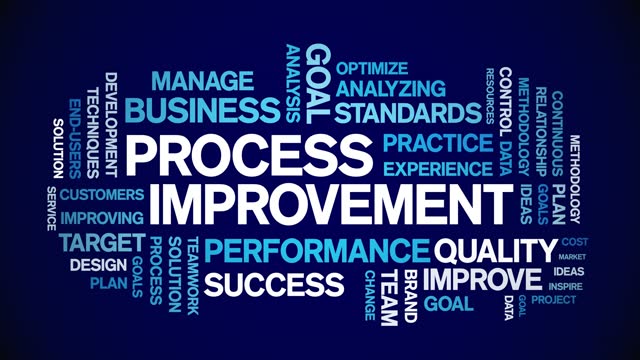Introduction
Warehouse Management Systems (WMS) are essential tools for enhancing efficiency and productivity in supply chain operations. However, incorporating a WMS in a complex and constantly changing supply chain landscape can be challenging. In this article, we discuss various factors that could impede successful WMS implementation and provide practical solutions to help businesses overcome these challenges and thrive.

Ensuring Data Quality and Seamless Integration
Insights
Facilitating Change Management and Workforce Training

Insights

Striking the Right Balance between Customization and Scalability
Insights
Addressing Technology and Security Considerations

Insights

Promoting Innovation and Continuous Improvement
Insights
Conclusion
Integrating a WMS into a complex and dynamic supply chain environment can be filled with challenges, but with careful planning and preparation, businesses can successfully navigate these obstacles. By focusing on data quality and integration, change management, customization and scalability, technology and security, and fostering innovation and optimization, organizations can effectively implement WMS to bolster warehouse efficiency, customer satisfaction, and overall supply chain performance.